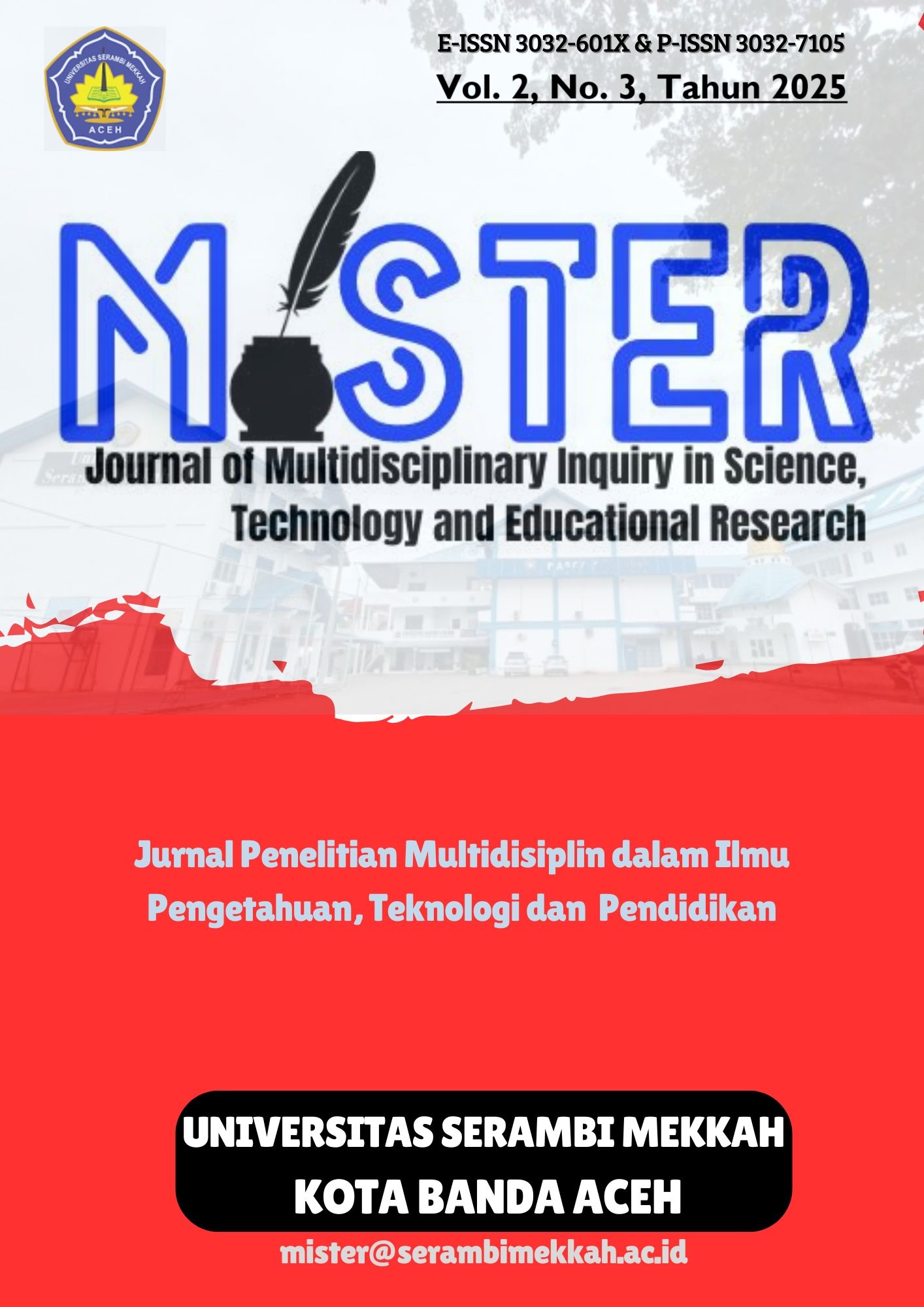The Illusion of Truth: Hyperreality approach in The Hunt (2020)
Main Article Content
Abstract
This research investigates the concept of hyperreality and simulacra as proposed by Jean Baudrillard. Hyperreality is defined as something that appears to be truer than reality itself; it is connected to simulacra, which is the representation or depiction of something or how a copy represents reality. Thus, this study qualitatively investigated the experience of hyperreality and simulacra represented in the movie The Hunt (2020). This study qualitatively examined the different elements of the film, including scenes and dialogue from the film's trailer, intended to demonstrate how the film's construction of hyperreality and simulacra experiences are manifested. The findings reveal the ability of the internet and media to shape awareness about what people might conceive as real, and what is not. Ultimately, this research reveals that films like The Hunt provide more than entertainment value, because they provide insight into hyperreality and simulacra, determining the dynamics between both by demonstrating how the viewer might distinguish what is real, as opposed to representation.
Article Details

This work is licensed under a Creative Commons Attribution-ShareAlike 4.0 International License.
References
Dani Manesah, M. A. M. Alfathoni. (2020). Pengantar Teori Film. Deepublish.
Wati, L. I. (2024). Hiperrealitas Simulakra Pengguna Instagram Mahasiswa Ilmu Komunikasi Universitas Medan Area.
Baudrillard, J. (2019). Simulacra and simulations (1981). In Crime and Media (pp. 69-85). Routledge.
Cubitt, S. (2000). Simulation and social theory.
Dewi, M. P., & Umaroh, L. (2022). Analisis Hiperrealitas pada Film Aquaman sebagai Komoditas Kekuatan Kapitalis. AVAN GARDE: Jurnal Ilmu Komunikasi, 112-130.
Budianto, L., Setiawan, S., Retnaningdyah, P., Barus, P. K., Ningsih, B. A. W., & Amelia, D. R. (2022). The power of the computer-generated imagery (CGI) in avengers endgame movie: Hyperreality perspective. Ethical Lingua: Journal of Language Teaching and Literature, 9(1), 184-189.
Creswell, J. W., & Creswell, J. D. (2017). Research design: Qualitative, quantitative, and mixed methods approaches. Sage publications.
Freund, L. (2023). Beyond the Physical Self: Understanding the Perversion of Reality and the Desire for Digital Transcendence via Digital Avatars in the Context of Baudrillard's Theory. Qeios.
Antony, S., & Tramboo, I. A. (2021). Hyperreality in Media and Literature: An Overview of Jean Baudrillard's Simulacra and Simulation. European Journal of Translational and Clinical Medicine.
Wardani, L. D. K. (2023). Simulacra and Hyperreality in Lorcan Finnegan's Vivarium (2019). LITERA KULTURA: Journal of Literary and Cultural Studies, 11(2), 75-82.
Christanti, M. F., Mardani, P. B., Cahyani, I. P., & Sembada, W. Y. (2021). “Instagramable”: Simulation, simulacra and hyperreality on Instagram post. Journal of Communication Studies.
Rahmawati, I. ., & Budi, W. . (2023). Making Meaning of the Pandemic Through Symbols in Literary Work. KnE Social Sciences, 8(12), 829–836. https://doi.org/10.18502/kss.v8i12.13728
Dinanti, P. D. & Nabillah, D. A. (2024). Animation in social transformation: Representation of environmental destruction and humanistic solution for solar technology in Scarygirl (2023). Dinasti International Journal of Education Management and Social Sciences 6(1): 399 -408. https://doi.org/10.38035/dijemss.v6i
